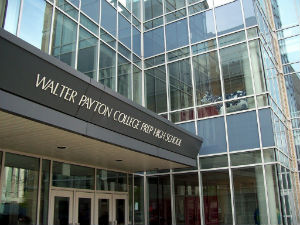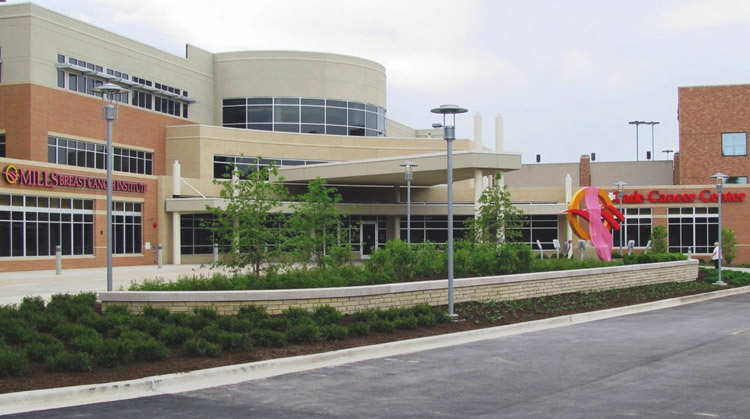- Details
 Decatur was recently named as the best metro area in the country for jobs in agriculture by Business Facilities Magazine.
Decatur was recently named as the best metro area in the country for jobs in agriculture by Business Facilities Magazine.
The national publication ranked American cities in a variety of areas that include solar energy, economic growth potential and cost of living. The magazine also based their ranking on agricultural feedstock employment leaders from the 2018 Biotechnology Innovation Organization report.
The city has twice the number of people employed in the feedstock and biosciences subsector compared to Houston, Texas and three times that of Chicago.
Decatur is also home to global companies like ADM, one the world’s largest agricultural processors and food ingredient providers, and Tate & Lyle, a multinational agribusiness.
To see the full list of rankings, click here.
- Details
 According to the latest ranking by U.S. News and World Report, 13 Illinois High Schools have been named among the best in the nation.
According to the latest ranking by U.S. News and World Report, 13 Illinois High Schools have been named among the best in the nation.
The rankings analyzed more than 20,500 public high schools across the country and 13 of Illinois’ public high schools received gold medal ratings. Gold medals were awarded to the top 500 schools, silver medals were given to the schools ranked between no. 501 and no. 2,711 and bronze medals were given to an additional 3,237 schools.
- Details
NASA inducted Pekin native Captain Scott Altman into the U.S. Astronaut’s Hall of Fame on April 21 with a ceremony at the Kennedy Space Center Visitor Complex. Altman is one of 98 other American astronauts to receive that honor, including Neil Armstrong, John Young and Gordon Fullerton.
inducted Pekin native Captain Scott Altman into the U.S. Astronaut’s Hall of Fame on April 21 with a ceremony at the Kennedy Space Center Visitor Complex. Altman is one of 98 other American astronauts to receive that honor, including Neil Armstrong, John Young and Gordon Fullerton.
Altman began his journey at Edison Junior High School in Pekin before continuing his education at the University of Illinois Champaign-Urbana. There he studied aeronautical and astronautical engineering before joining the Navy and rising to the rank of captain. He later earned a Master of Science degree in aeronautical engineering from the Naval Postgraduate School.
- Details
 Illinois ranks fifth in the nation in net tech employment according to a new report from CompTIA CompTIA, one of the world’s leading technology industry associations.
Illinois ranks fifth in the nation in net tech employment according to a new report from CompTIA CompTIA, one of the world’s leading technology industry associations.
Tech employment in Illinois grew by an estimated 4,040 jobs in 2017, contributing an estimated $48.7 billion to the state’s economy, according to the company’s Cyberstates Report
The added workers put Illinois’ tech industry total at 437,200 or 6.8 percent of the state’s total workforce. The average tech industry wage in Illinois is $100,580, compared to the state's average private sector annual wage of $57,360.
- Details

Illinois hospitals have made great strides this year, making the state home to 37 of the safest hospitals in the country, according to a new report.
Every two years, the Leapfrog Group releases a list of the safest hospitals in the country after analyzing over 2,500 different hospitals across the nation.
Leapfrog analyzes these hospitals according to 27 criteria, including the number of infections in patients, problems arising from surgeries, the use of practices like computerized medication ordering, the strength of hospital leadership and more. The Leapfrog Group then assigns each hospital a safety rating in the form of a letter grade.
More Articles …
- Chicago Amazon Prime members now have access to car delivery service
- O-Hare and Midway international airports to offer unlimited free Wi-Fi
- National Caramel Day: Check out these local shops in our state
- Eight Illinois hospitals are among the top 100 in the nation
- Illinois again #3 in business relocation ranking



